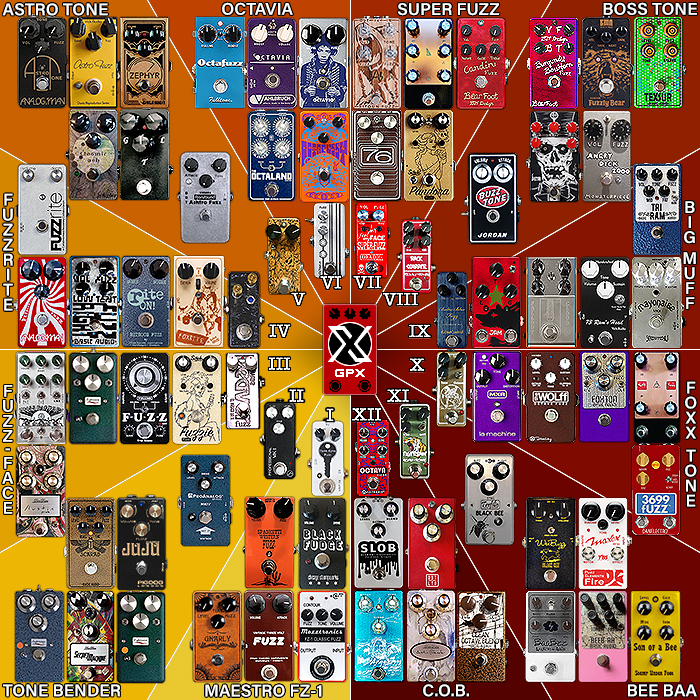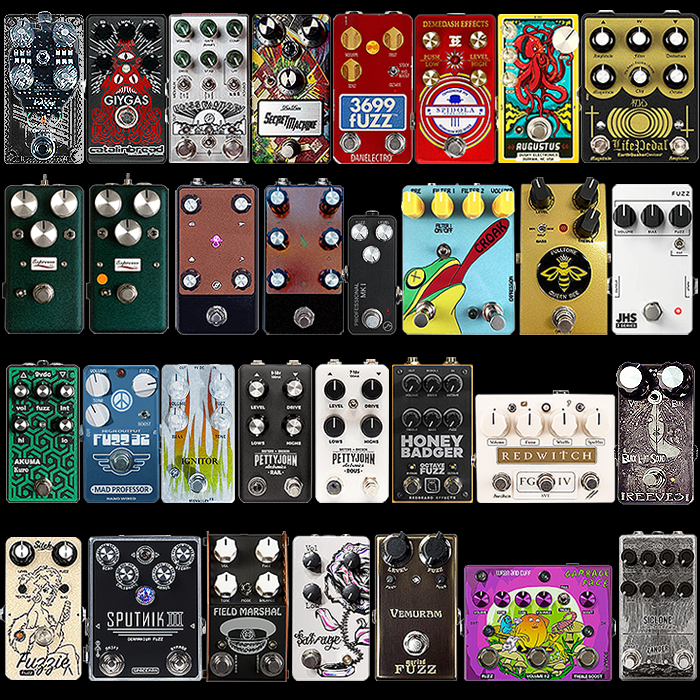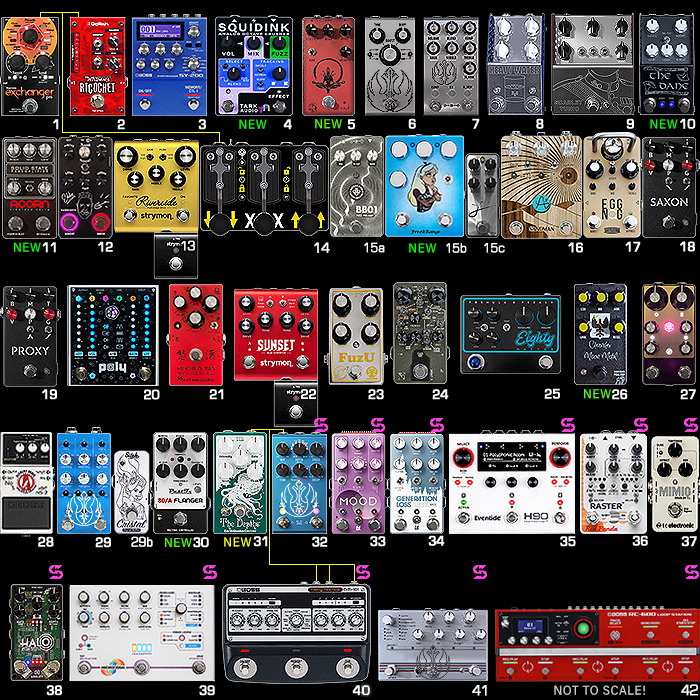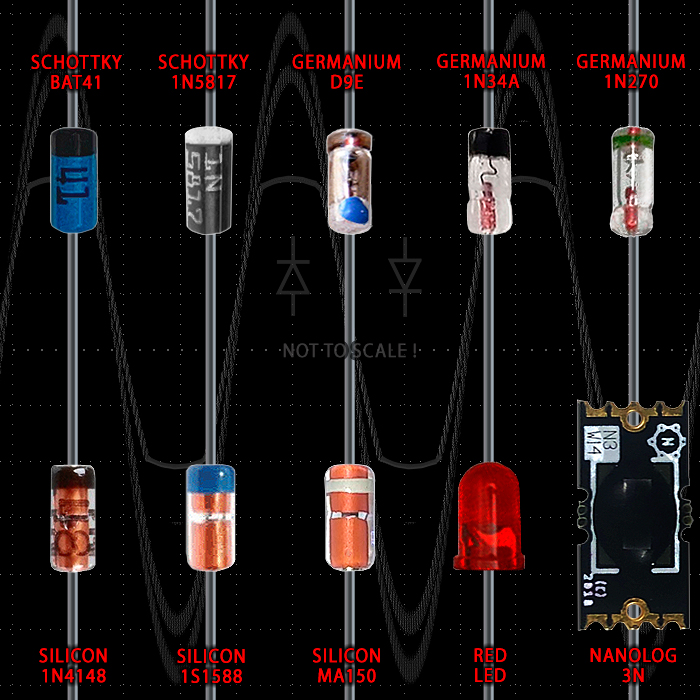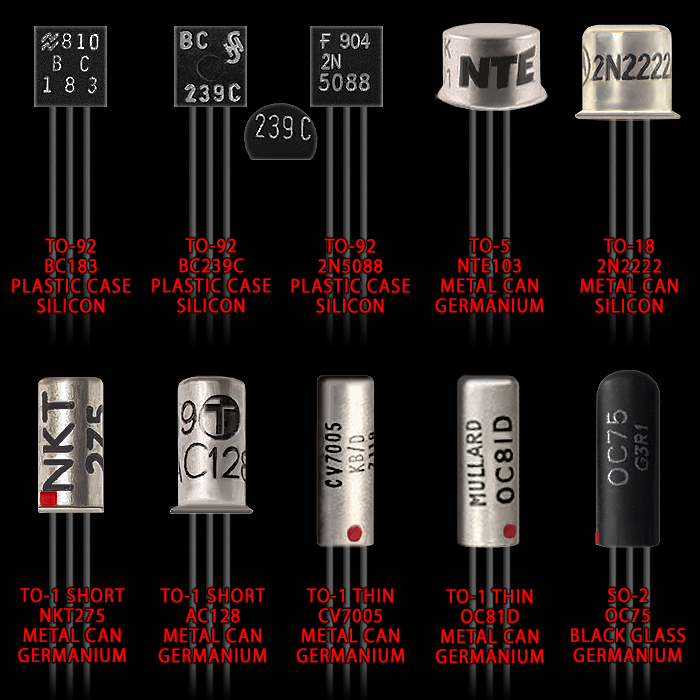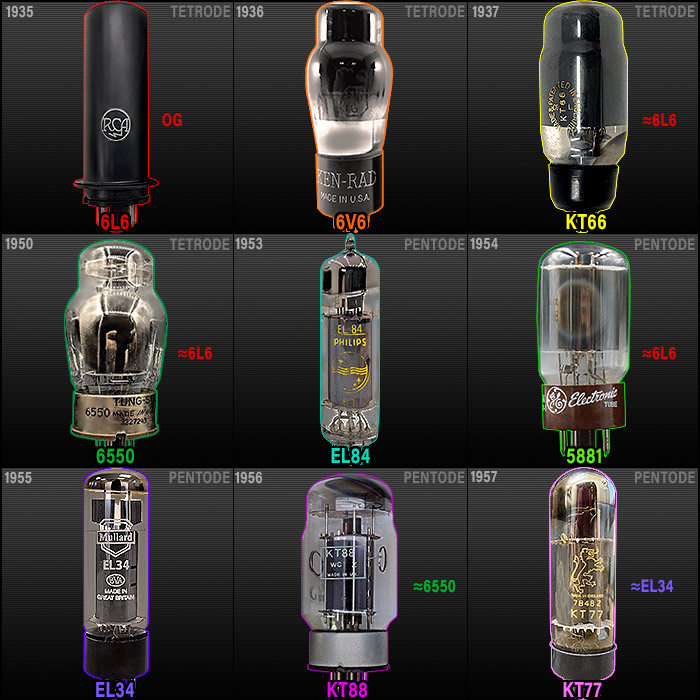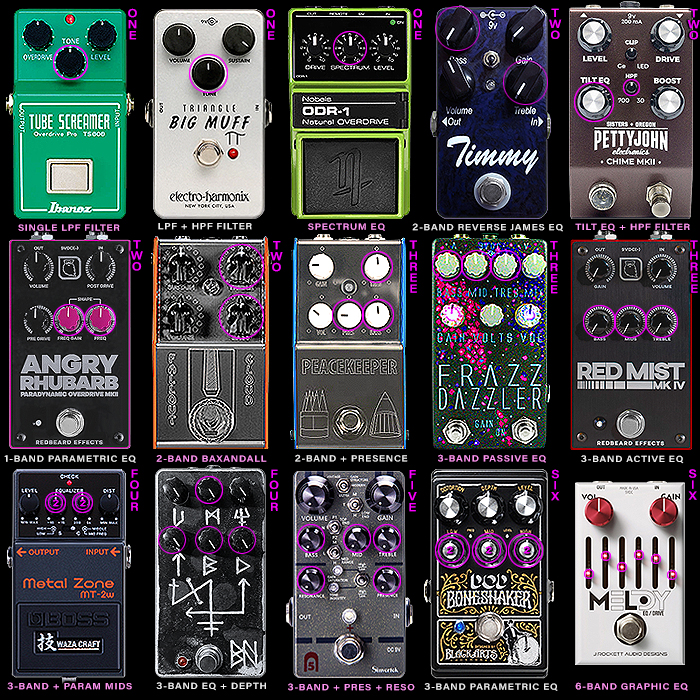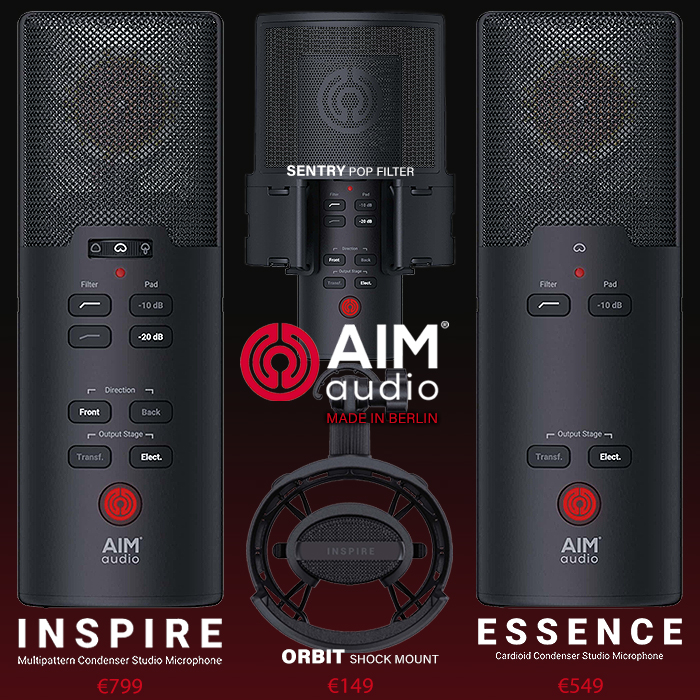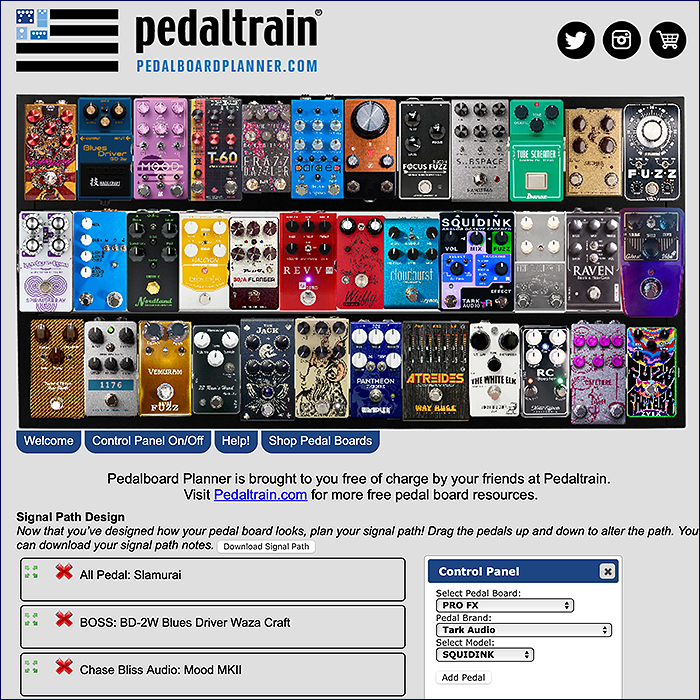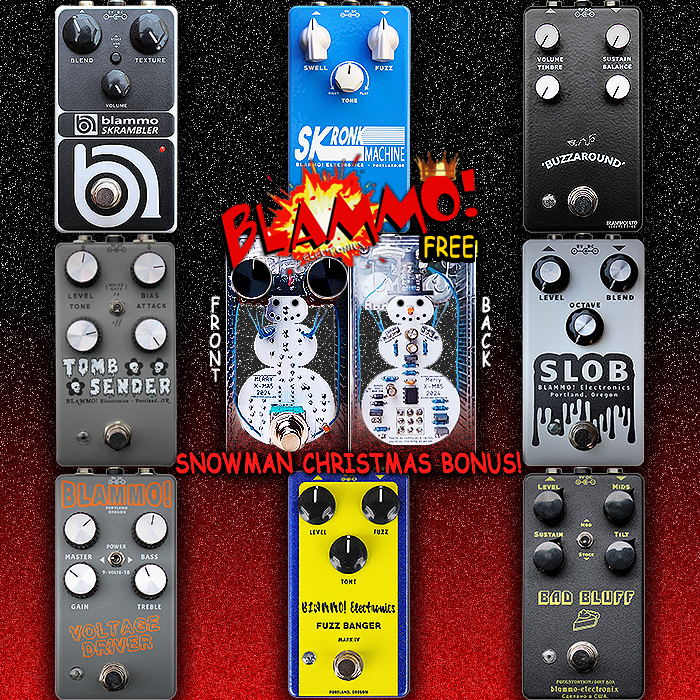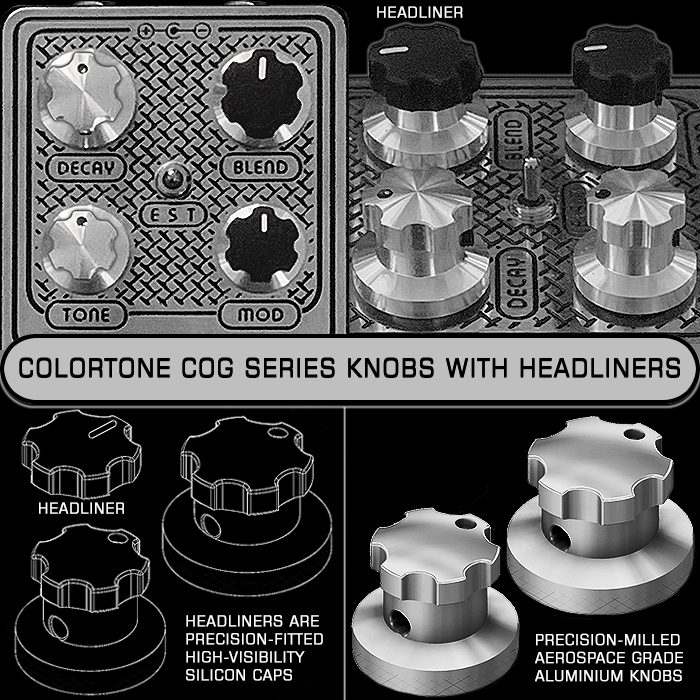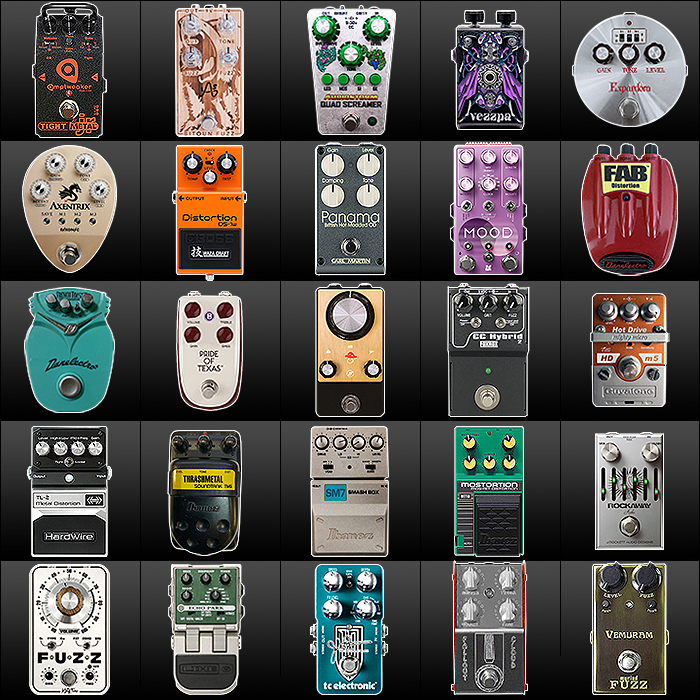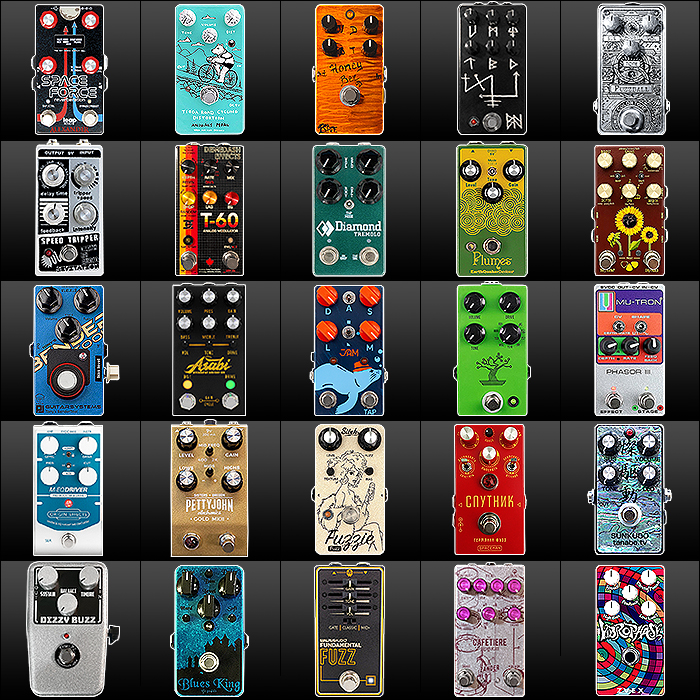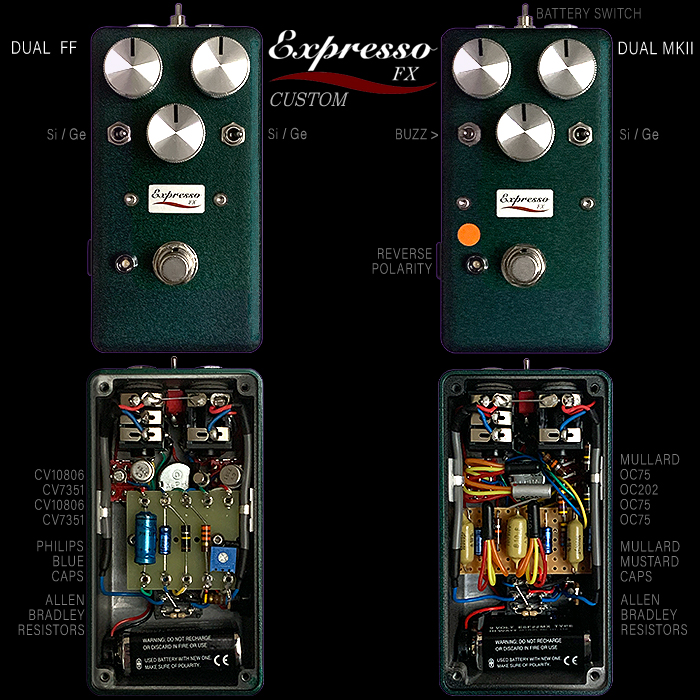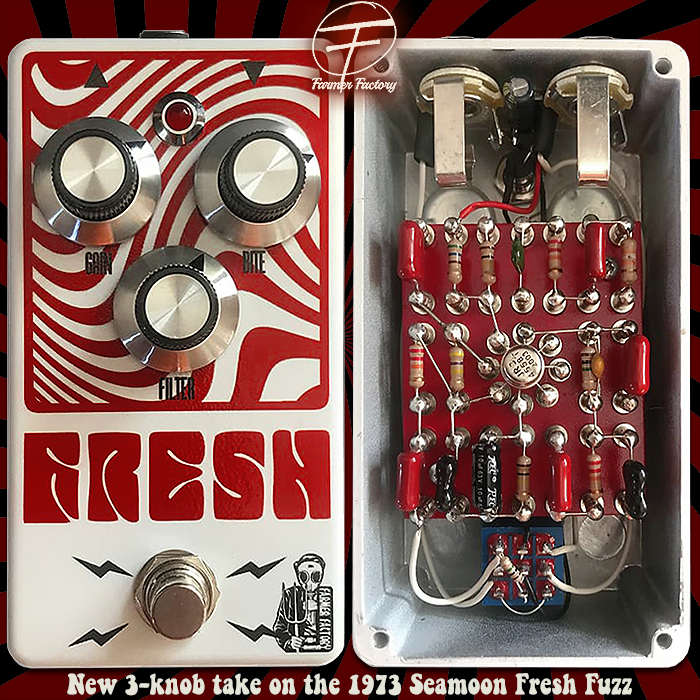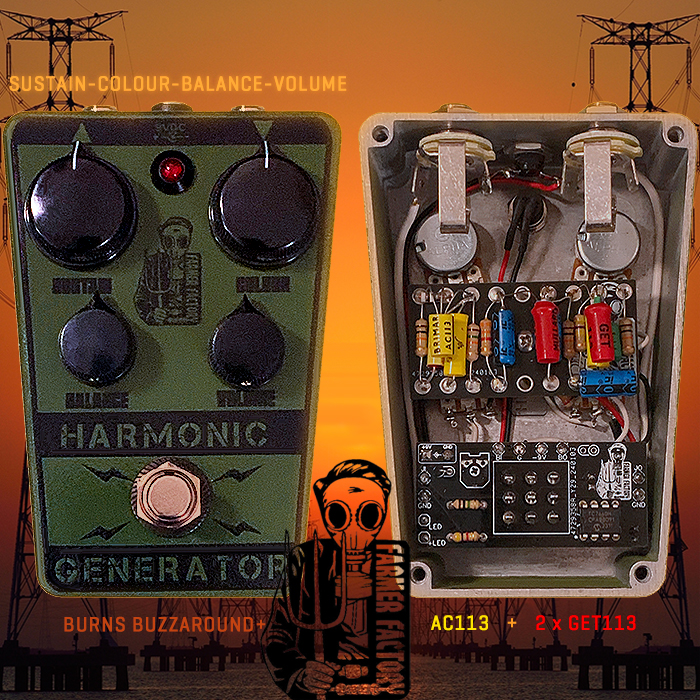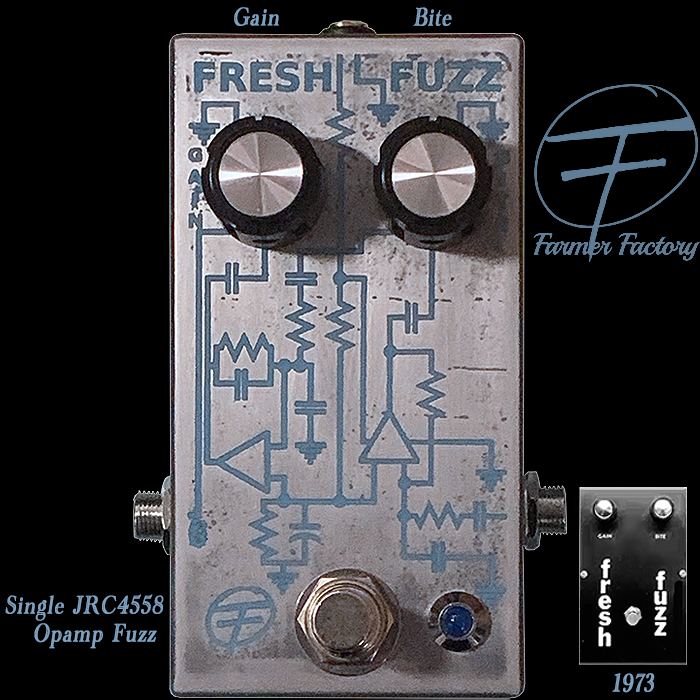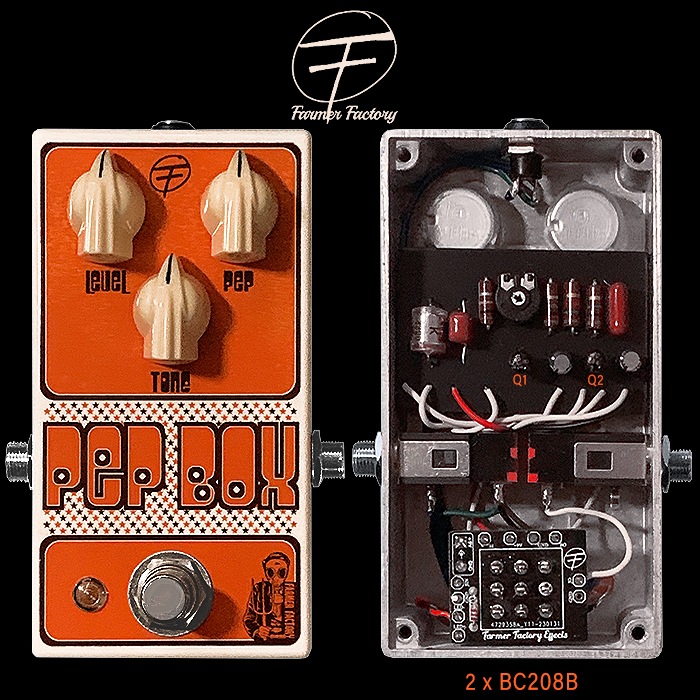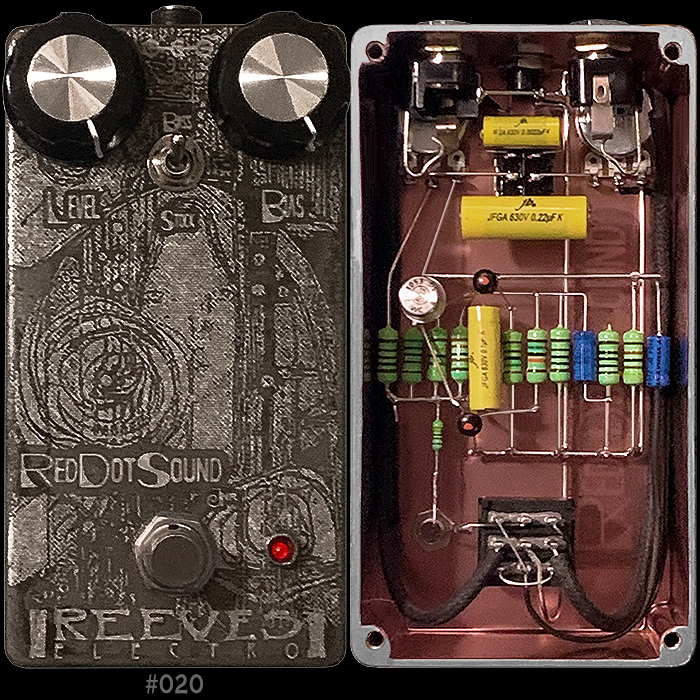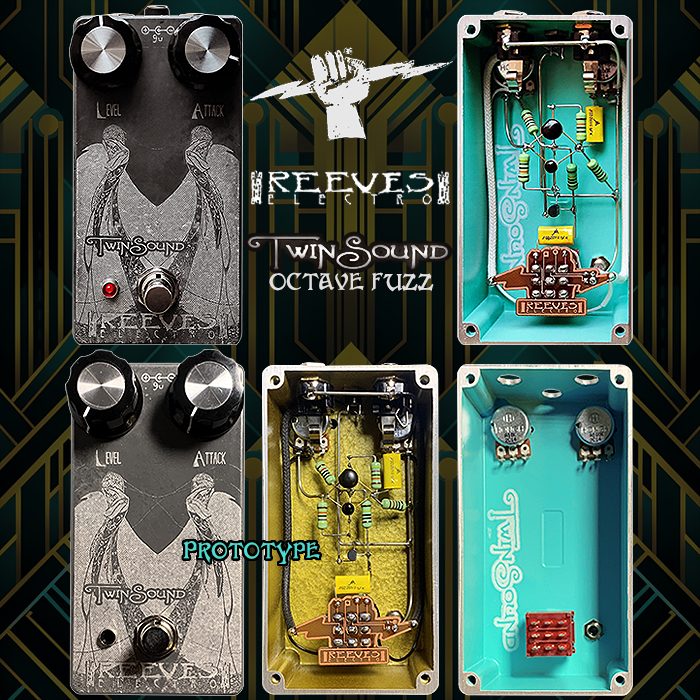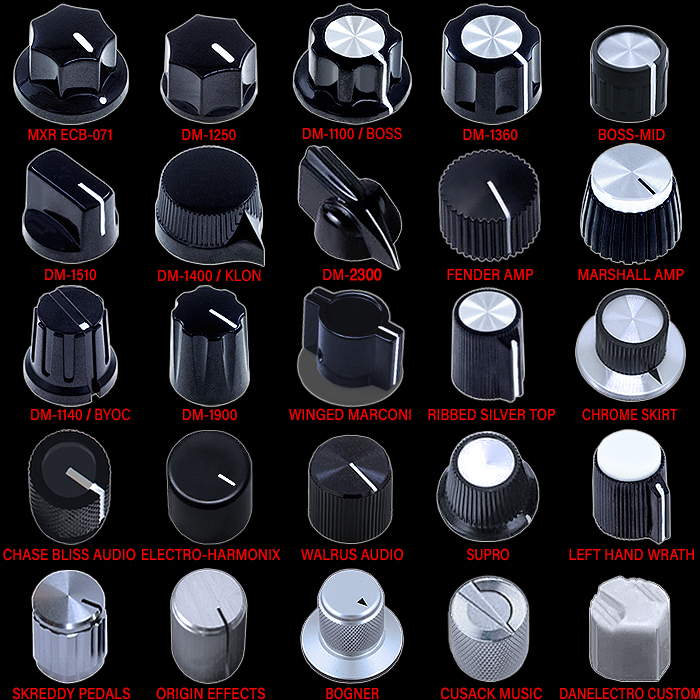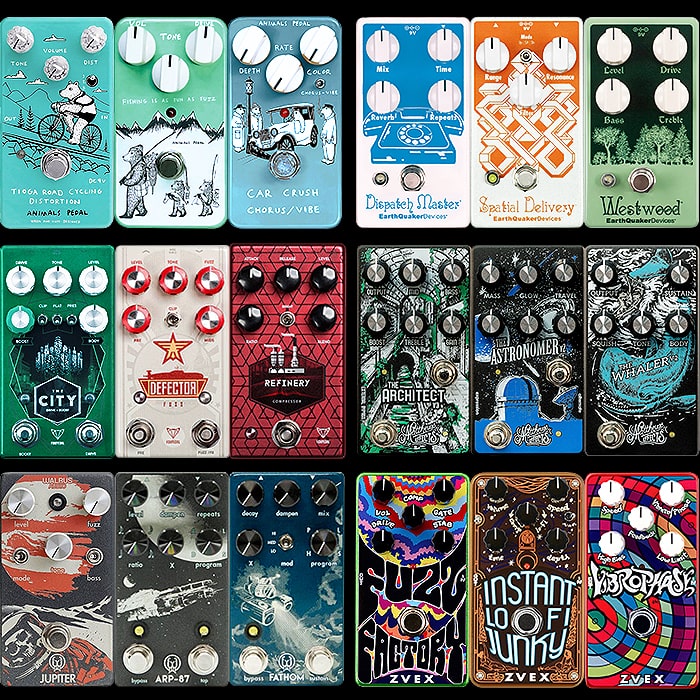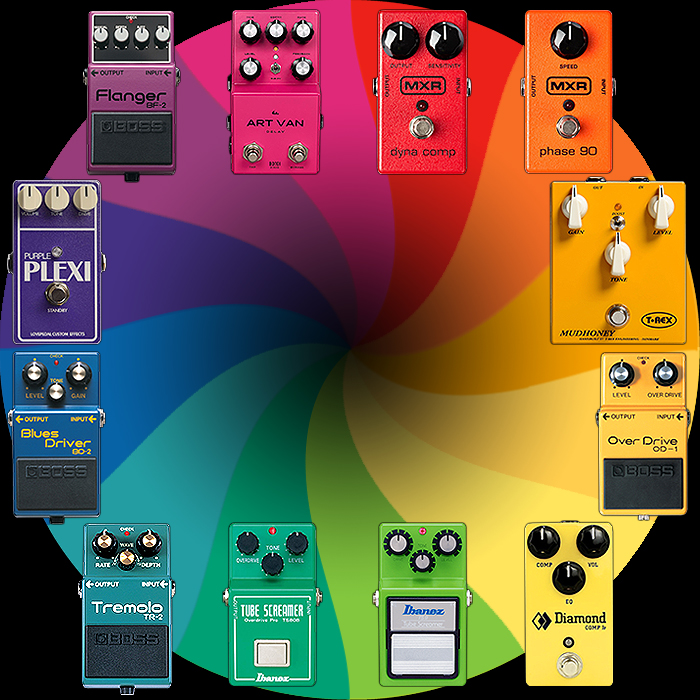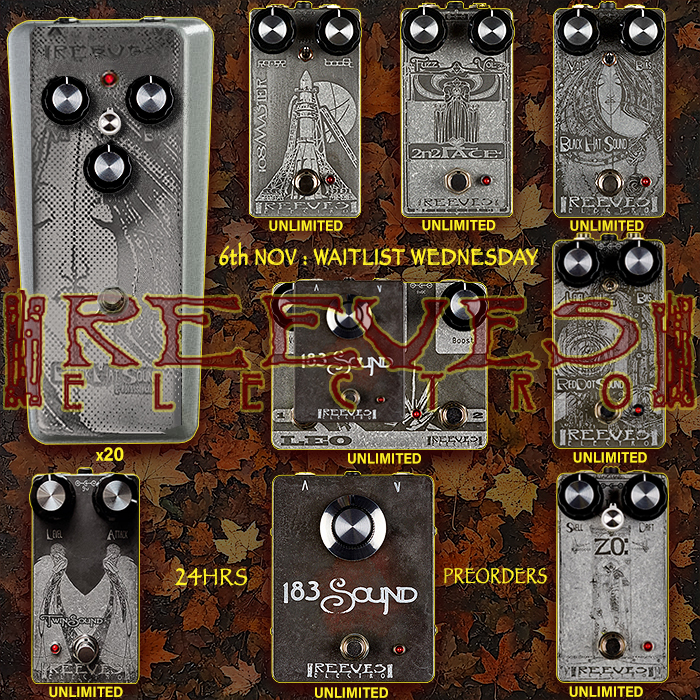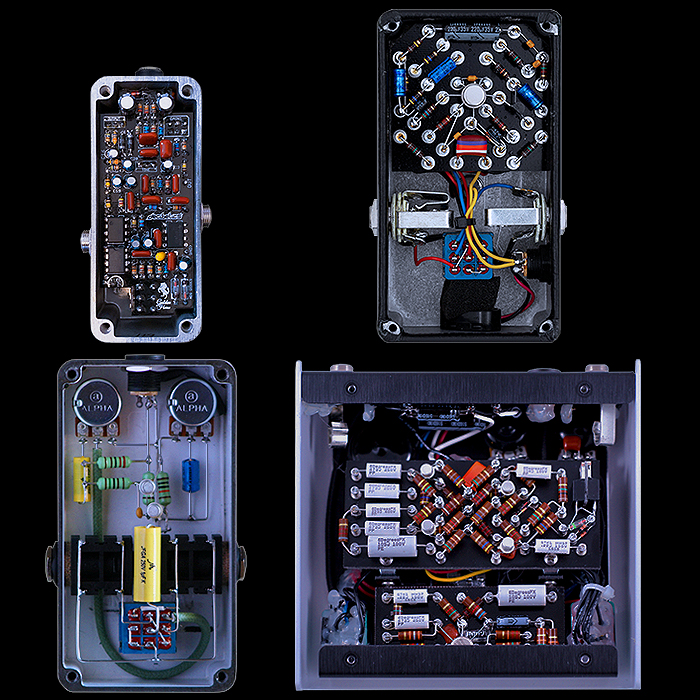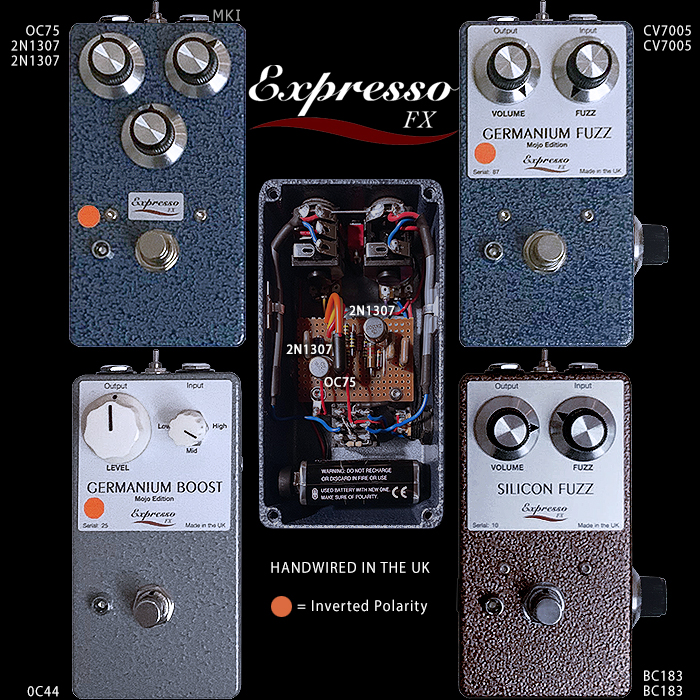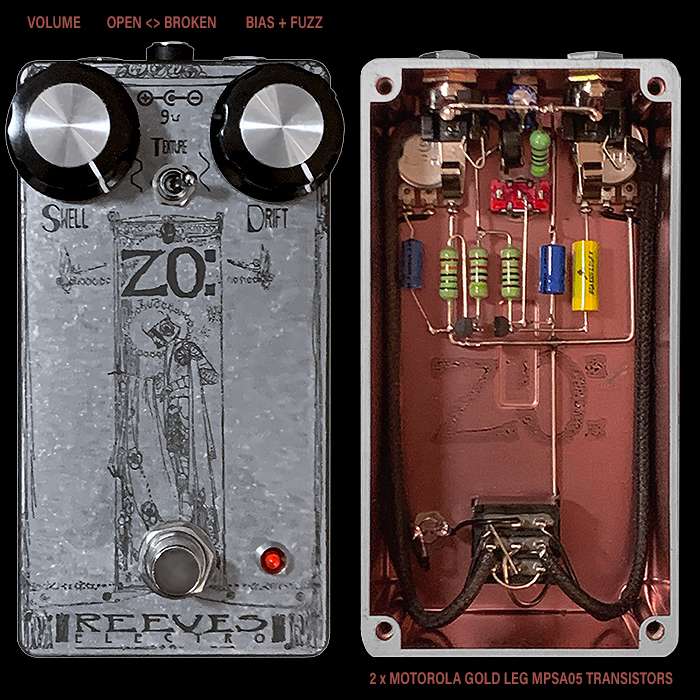9 Ways to Build a Circuit! - A brief Hobbyist Primer on Circuit Construction Types
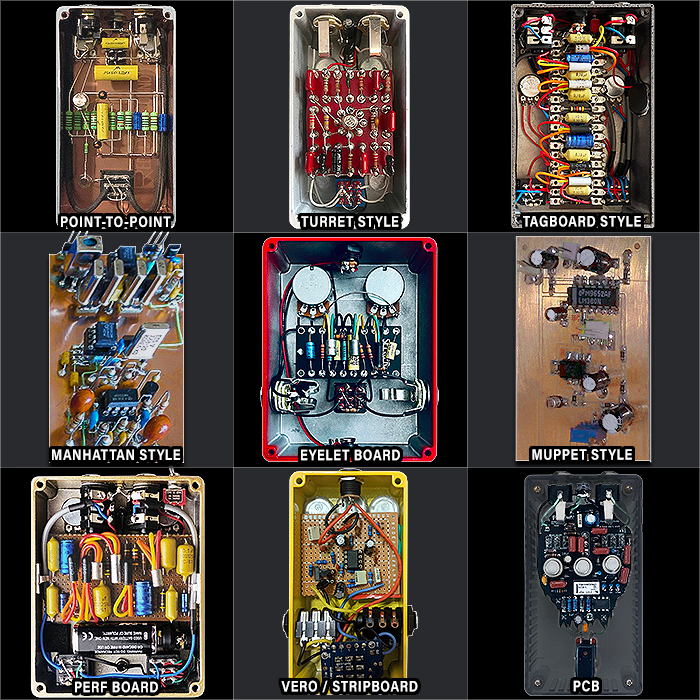
Many thanks to my now good friend Sebastien at Farmer Factory Effects with whom I collaborated with on this article. His latest Fresh Fuzz is the featured pic for the Turret Style of construction - a really beautiful design spiralling out from a metal can JRC 4558 Opamp - onto a colour-coordinated board, and with several colour-coordinated parts matching the red exterior paint job - a real Object d’Art.
Sebastien is the only one I personally know that has completed a Manhattan style circuit - as pictured below - a cool Steam Punk take on the Colorsound One Knob Fuzz.

In any case that fuzz was not on the radar when I decided that I should do this article - in fact it was Sebastien's latest Fresh Fuzz that was the inspiration (feature coming up later today), alongside a wee blog post by one Alok Menghrajani. So those were the original catalysts, and then serendipitously I liaised with Sebastien who was a marvellous and willing collaborator.
We spent a good half a day trading pictures and ideas - and the article would not have existed without Sebastien's assistance. Who I think is fast becoming the 'John Lyons' of France! He's really turning out some amazing fuzzes these days, and I just need to encourage him to add a 3rd external Bias knob for his MKI and MKII takes - and then they can become totally appropriate for me too. I really don't buy Germanium fuzzes these days if they don't come with an external bias control - it's such a big part of shaping the character and tonality of those fuzz variants.
Props also to my friend Sof Tebboune of Expresso FX - who ends up with two pedals in this feature - purely by chance really - those two were just the perfect examples for Tag and Perf Boards respectively - in fact sort of 2 different version of the same concept - dual MKI / MKII Fuzz Benders (Tone Benders) - superb work as always - I really need to catch up with Sof again soon - it's been a while!
I guess most of these typically custom builds utilise the more intensive methods of construction - with point-to-point usually the most delicate and most time consuming.
In any case - if you're a budding builder, or even if you're an experienced builder - you have at least 9 different ways to build your circuits.
We've seen quite a revival / upturn of point-to-point and turret styles recently - would be nice to see a little more on the Manhattan and Muppet side - there are some really cool larger circuit examples of those - in fact I've included the kind of poster-child for that movement below - which really does look like a proper copper cityscape! Presumably made by the pioneer of that technique - JOHN N8RVE!
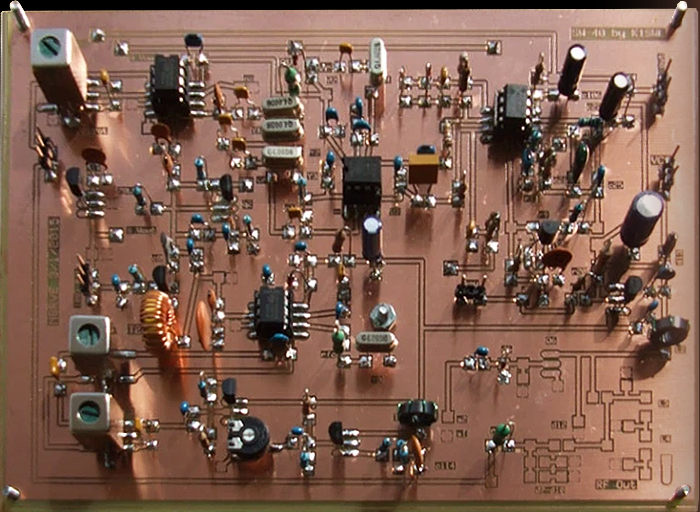
In any case here follow the 9 methodologies featured in the main visual above.
I hope this will inspire you all to be more creative with the insides of your pedals too. A lot of those now more common SMT builds are becoming somewhat soulless and impersonal - it's nice to return to some proper artisan and hand-crafted values - with a little bit of city architecture and infrastructure planning thrown into the mix too :
The 9 Circuit Construction Types

Point-to-Point / Freeform - straight line wires connecting the components to one another in a sort of 'floating' assembly - no anchoring board of any description - leading examples include Reeves Electro (as pictured) and NRG Effects.
Turret Style - board with stick-up anchor pins to which components are wired - traditionally used for hand-wired amp builds - can produce some highly geometric patterns - leading examples include Farmer Factory Effects (as pictured), and JAM Pedals Custom Shop - hand pretty much every hand-wired custom amp builder!
TagBoard - narrow strip-like boards with rows of eyelet Tags / Tabs on either side - leading examples include Expresso FX (as pictued) and Hello Sailor Effects.
Manhattan Style - a fairly rare style of construction usually reserved for larger circuits - radio electronics and audiophile hi-fi separates for instance. The components are soldered directly onto a copper panel / plate base and then wired up above the surface so to speak. The featured example is from a Wøpwe MH101 Transceiver.
Eyelet Board - Kind of related to the TagBoard - but where instead of the holes being on stand-up tags / tabs, they are instead directly punched through the actual circuit board. Seeker Electric Effects tends to favour this style for its custom builds - indeed as pictured.
MUPPET / Pittsburgh Style - actually an evolution of the Manhattan Style - where the MUPPET acronym stands for Manhattan-Ugly-Professional-Placement-Experimental-Technique and was popularised by one JOHN N8RVE. So you have the same copper plate base, but you first prepare the surface with an etched circuit board - to which the components are then soldered. This type of construction is incredibly rare - and usually reserved for the uber DIY Audiophile Electronics boffins!
Perf Board - A holy-board grid-like resin wafer with rows and rows of holes - into which you can insert the 'legs' of various components - which are then neatly soldered on the hidden / reverse side. Lots of boutique builders use this methodology - including Expresso FX as pictured and Cunningham Amps out of New Zealand.
Vero / StripBoard - A proprietary evolution of the Perf Board where each row of holes is connected by a copper strip that runs the length of each row on the reverse of the board. So you can sort of join several components in series along the same row, and then cut out bits or solder in bluffs and bypasses to shape the circuit as is required. This is mostly used by the DIY crowd as in the anonymous pictured example.
PCB / Printed Circuit Board - 99% of pedals are made in this way nowadays - where current innovations with SMT technology mean that a lot of pedals can be wholly machine-made - via smart pick-and-place computer-controlled machinery - featuring modern sort of soldering baths to ensure everything is properly connected and robustly secured. The pictured example is the limited Lexan edition of the Blammo Electronics Tomb Sender - which I use quite of lot for pedal circuit demos - because of its wholly transparent nature!




















